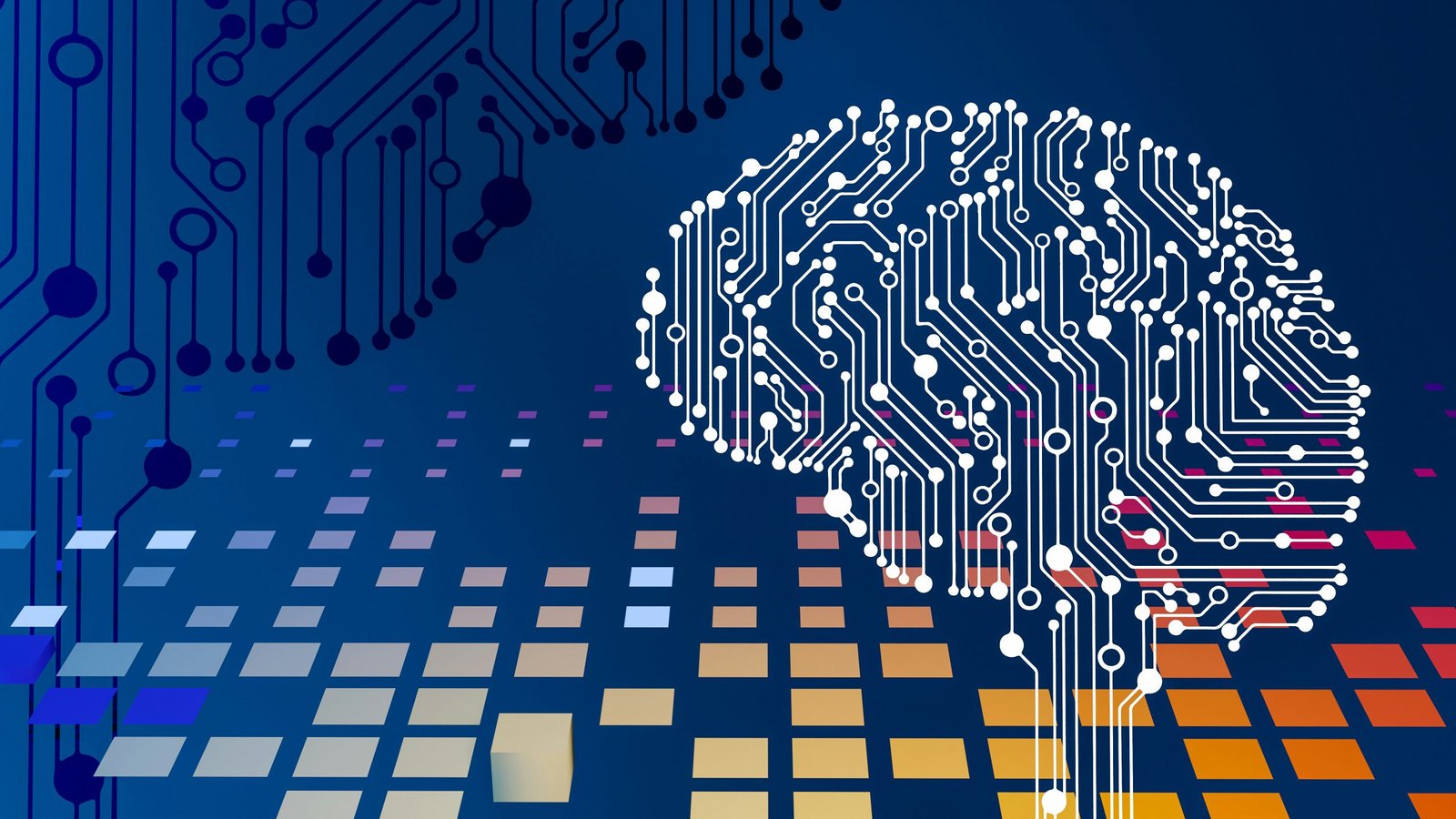The Power of Personalisation: How AI is Transforming Web Design and User Engagement

The power of personalisation in web design is experiencing a transformative surge, thanks to advancements in artificial intelligence (AI) technologies. AI-driven personalisation is revolutionising the way websites interact with users by delivering tailored content, recommendations, and experiences based on individual preferences, behaviours, and demographics. This level of customisation not only enhances user engagement but also fosters deeper connections between brands and their audiences.
One of the key ways AI is transforming web design is through predictive analytics, where algorithms analyse vast amounts of user data to anticipate individual preferences and behaviours. By leveraging machine learning algorithms, websites can dynamically adapt content and layouts in real-time to match users' interests and intentions, creating personalised experiences that resonate with each visitor. Whether it's recommending relevant products, suggesting articles based on browsing history, or customising user interfaces to match individual preferences, AI-driven personalisation enables websites to deliver hyper-targeted content that captures users' attention and drives conversions.
Furthermore, AI-powered personalisation extends beyond static content recommendations to encompass dynamic interactions and user interfaces. Chatbots and virtual assistants equipped with natural language processing capabilities can engage users in personalised conversations, providing assistance, recommendations, and support tailored to their specific needs and preferences. This level of interactivity not only enhances user satisfaction but also increases the likelihood of conversion by guiding users through the customer journey in a personalised and intuitive manner.
From a design perspective, AI-driven personalisation enables websites to create dynamic and adaptive user interfaces that respond to individual preferences and behaviours. By analysing user interactions in real-time, AI algorithms can optimise layouts, navigation paths, and calls-to-action to maximise engagement and conversion rates. This data-driven approach to design ensures that websites evolve and adapt to meet the changing needs and expectations of users, resulting in more compelling and effective user experiences.
In conclusion, the power of personalisation fuelled by AI is transforming web design and user engagement in profound ways. By delivering personalised content, recommendations, and experiences, websites can create meaningful connections with users, drive engagement, and ultimately, achieve their business objectives. As AI technologies continue to evolve, the possibilities for personalised web experiences will only expand, ushering in a new era of user-centric design and interaction on the web.